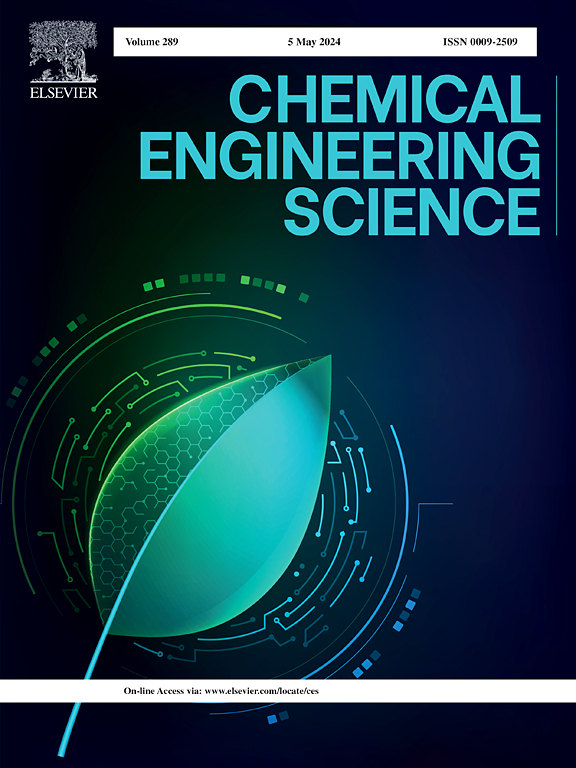Insights into reaction mechanism of slurry phase hydrocracking of heavy oil via compositional analysis of individual hydrocarbons
IF 4.1
2区 工程技术
Q2 ENGINEERING, CHEMICAL
引用次数: 0
Abstract
Slurry phase hydrocracking is a promising technology for inferior heavy oil upgrading, but its mechanism remains controversial. In this work, the individual compositions of saturated and aromatic hydrocarbons in thermal cracking and slurry phase hydrocracking products were analyzed through column chromatography separation and gas chromatography-mass spectrometry analyses. Secondary cracking reactions were minimized during the slurry phase hydrocracking with a notable improvement in the isomerization degree of alkanes. Furthermore, the isomeric composition of alkyl aromatics shows enhanced thermal stability, even though the formation of light aromatics was suppressed, highlighting the crucial role of protonation pathway in transformation of aromatics. These findings suggest that bifunctional catalytic hydrocracking mechanism significantly contributes to slurry phase hydrocracking, with carbocation intermediates playing an important role. However, the contribution of thermal reaction cannot be ignored, particularly at high temperature. These researches serve as an essential reference for the development of advanced slurry phase hydrocracking processes and catalysts.
通过对各组分烃类的分析,探讨稠油浆相加氢裂化反应机理
浆相加氢裂化是一种很有前途的劣质重油提质技术,但其机理仍存在争议。通过柱层析分离和气相色谱-质谱联用分析,对热裂化和浆相加氢裂化产物中饱和烃和芳烃的组成进行了分析。浆料相加氢裂化过程中二次裂化反应减少,烷烃异构化程度显著提高。此外,尽管轻芳烃的形成受到抑制,但烷基芳烃的异构体组成表现出更强的热稳定性,凸显了质子化途径在芳烃转化中的重要作用。这些结果表明,双功能催化加氢裂化机制对浆相加氢裂化有显著的促进作用,其中碳正离子中间体起着重要作用。然而,热反应的作用是不可忽视的,特别是在高温下。这些研究为开发先进的浆相加氢裂化工艺和催化剂提供了重要的参考
本文章由计算机程序翻译,如有差异,请以英文原文为准。
求助全文
约1分钟内获得全文
求助全文
来源期刊

Chemical Engineering Science
工程技术-工程:化工
CiteScore
7.50
自引率
8.50%
发文量
1025
审稿时长
50 days
期刊介绍:
Chemical engineering enables the transformation of natural resources and energy into useful products for society. It draws on and applies natural sciences, mathematics and economics, and has developed fundamental engineering science that underpins the discipline.
Chemical Engineering Science (CES) has been publishing papers on the fundamentals of chemical engineering since 1951. CES is the platform where the most significant advances in the discipline have ever since been published. Chemical Engineering Science has accompanied and sustained chemical engineering through its development into the vibrant and broad scientific discipline it is today.
 求助内容:
求助内容: 应助结果提醒方式:
应助结果提醒方式:


